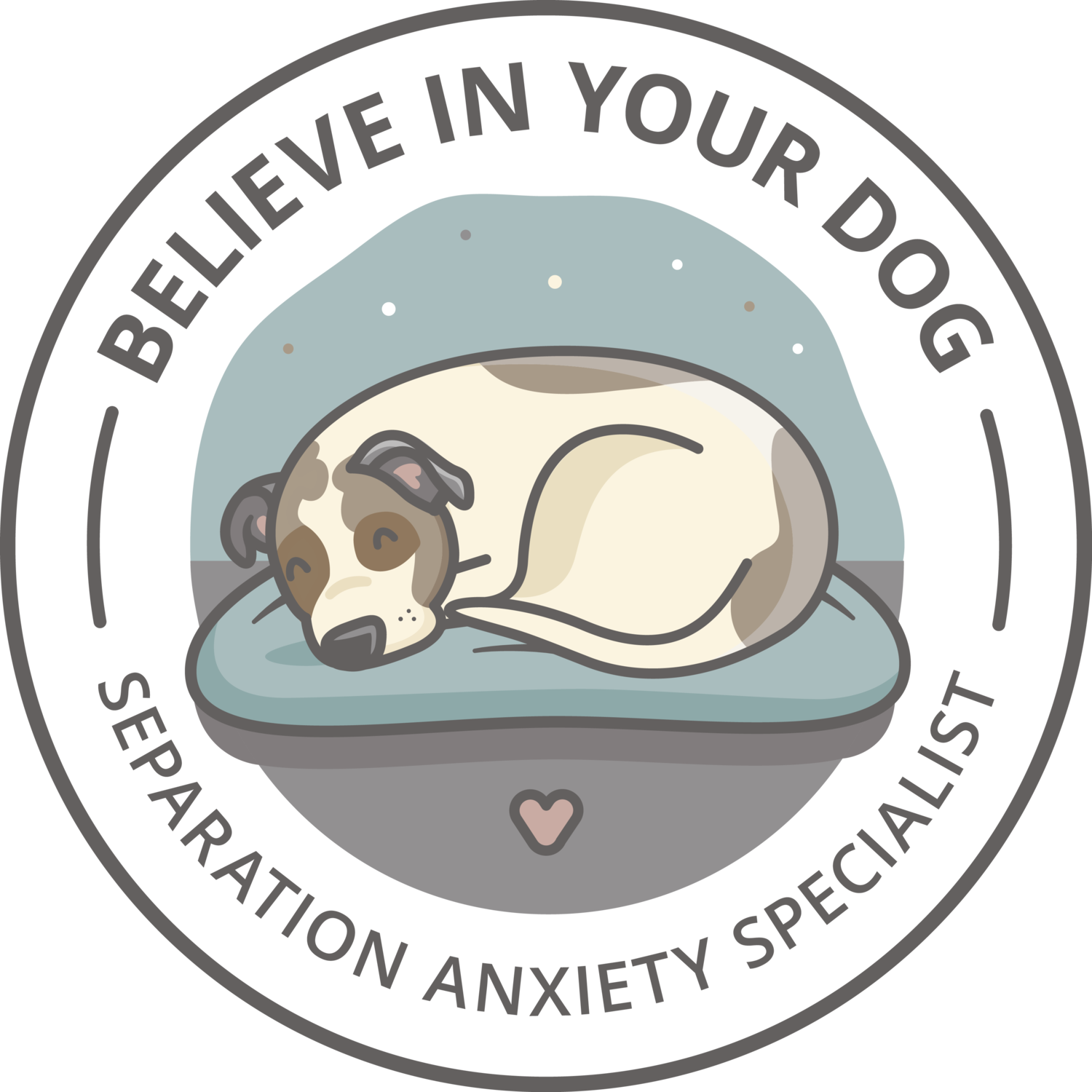Adherence to the Study of One: A Disclaimer
Social media is a blessing and a curse for me. I get to spread scientifically sound information to folks who may not be able to work directly with me. I get to reach a vast audience on a daily basis. I get to share cute graphics with nuggets of wisdom and advice. But I often worry that those nuggets of wisdom and advice could do harm without this crucially important disclaimer: Your dog is an individual. Your individual dog has their own unique learning history, genetics, and environment. Your management and training plan should always be tailored specifically for them, and for you.
Just Because Your Dog (insert behavior here) Doesn’t Mean You Should (insert advice you saw online here)
Just because your dog barks or tears things up when you’re not home, that does not necessarily mean they “have separation anxiety.” Maybe your dog is barking because they heard a noise outside the home. Maybe they are barking because they aren’t feeling well. Maybe they are tearing things up because it’s fun or because they aren’t getting enough exercise or mental enrichment. The training and management plans for each of these issues would be very different.
Just because my account states that “dogs with separation anxiety typically do better outside of a crate" that does not necessarily mean your dog will do better when left free in the house. Yes, generally speaking, most dogs who experience distress when left home alone will fare much better when left free in the house for their training sessions. This might not be true for your individual dog.
Just because I post a graphic with a nice and tidy separation anxiety success recipe, that does not mean that your dog will benefit from this recipe. Are you assuming your dog is experiencing home alone distress just because you heard them bark when you approached your front door? What if they heard your car pull up and they are barking in anticipation of your arrival? It definitely wouldn’t be beneficial to embark on the separation anxiety success recipe if this is the case.
Because your dog is an individual, I highly recommend working one on one with a reputable and credentialed trainer. If you can’t work intensively with a trainer, perhaps you could invest in a single consultation so you can be sure you’re on the right path for your individual dog. Spinning your wheels will only lead to burnout and exhaustion. But how do you know if your trainer is adhering to this vital Study of One principle? Here are some clues:
Clues that Your Trainer Adheres to the Study of One Principle
Your training and management plans are tailored to your individual environment and dog. No cookie-cutter approaches.
They often say, “I don’t know” and “it depends” rather than answering all questions in absolutes.
They follow the data and make adjustments to your training plan based on the feedback your individual dog gives.
The Disclaimer
Modifying the behavior of a living organism is a huge responsibility. We mustn’t take behavior change lightly. We mustn’t approach behavior change with cookie cutter recipes. Separation anxiety is a very broad label that may not apply to your individual dog.
While I do my best to post factual information, please keep in mind that my “dos and don’ts” are generalizations. Before embarking on a long-term intensive gradual exposure protocol, let’s ensure that you and your individual dog will actually benefit from this.
“Our greatest gift to our learners is our adherence to the study of one fact and philosophy. We need to understand that every single thing they do is potential information for us about how to do it better for that individual - for that study of one.”
-Dr. Susan Friedman


